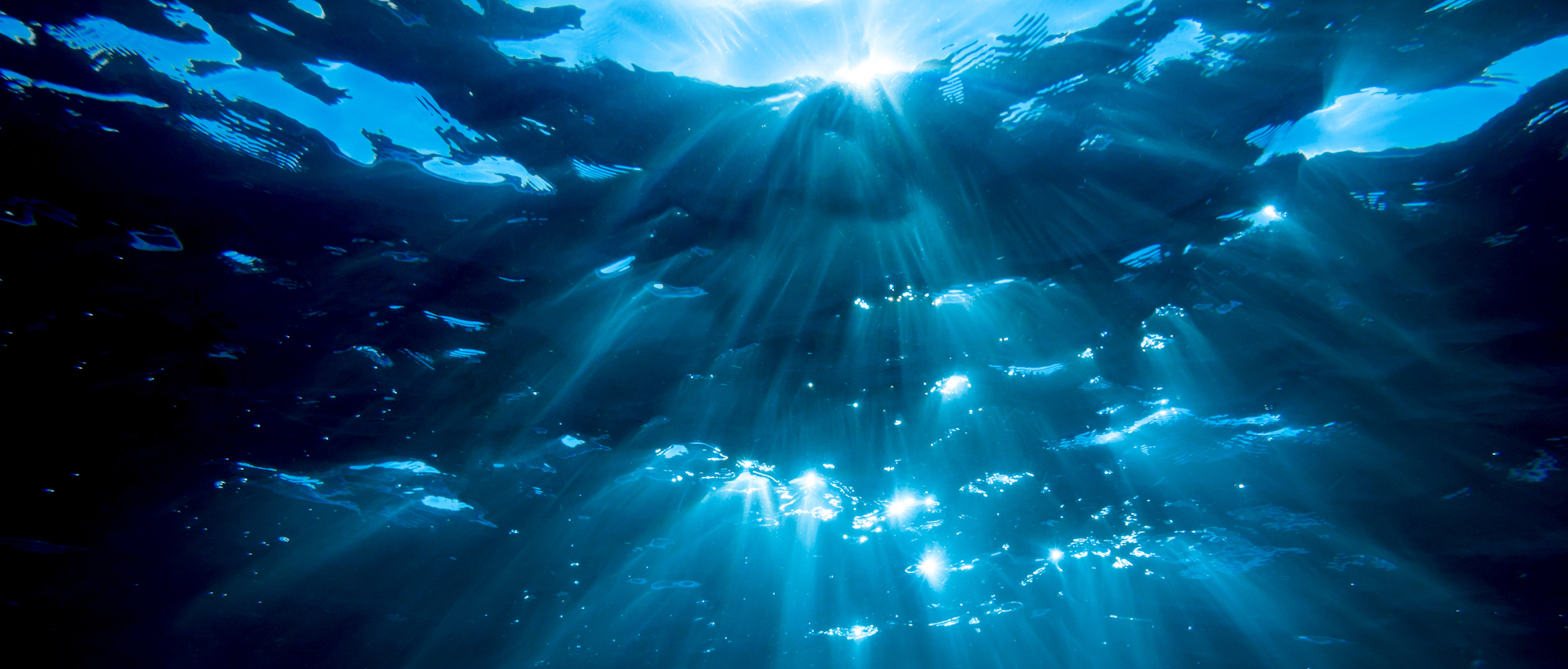Far, Freezing and Fish Myths

Christina Crawley
Managing Director, Marketing, Dive Life
Early in my life in eastern United States, I took up exploring the underside of the surface in ponds, rivers, lakes and the ocean. Later, as an athlete and waterman in high school near Chicago, I became intoxicated by the scuba bug. Like most people when they are young, I lacked the time and money to make “exotic” dives as much as I wanted. Even a Florida road trip was often a stretch beyond “spring-break,” so my friends and I spent a lot of time exploring our underwater “backyard” – near-by Lake Michigan, smaller lakes, forest preserve rivers, rock quarries and so on. Later, when I lived more east and south in my late teens, I added ocean shore, beach and jetty diving to my local diving. As a student in Florida, I poured over the Divers Guide to Underwater Florida and had a mission to find and splash every spring, sinkhole and assessible shore dive described by Ned DeLoach in that compendium. That peaked my interest in becoming a certified cave diver, with Sheck Exley’s guidelines in “A Blueprint for Survival” resonating in and influencing my mind and practice.
Things have changed since those days obviously, and today I’m privileged to have a log book that lists some of the world’s most acclaimed sites. Yet, among them those early near-home dives stand out. They remain pinnacle memories that I would never trade for something “more exotic,” were it possible. Many of them were that good – and I still love to explore local dives with mask, fins and snorkel or scuba when I can– anywhere. It is amazing what adventure you can find and what you can learn about a body of water when you view it from beneath the surface.
Far

I love great viz as much as the next diver, but it doesn’t define great diving. Which dive is better: An hour twiddling your thumbs alone in an air-clear swimming pool? Or, 30 minutes fossil combing in a river with your closest friend in one meter/three foot viz? Which will you remember, talk about, laugh about and share on social media? It’s about what you see and do, with whom – not how far you can see.
Freezing

Warm water also doesn’t define great diving because it’s not cold water, but being cold that’s no fun. Take it from someone who’s dived under seven metres of Antarctic ice (yes, that was pretty exotic), with modern dive suits water temperature is no longer a barrier. In fact, if you let cooler water stop you, you’ll miss some of the most amazing dives –kelp forests, pristine wrecks, unique organisms and hundreds of other experiences you’ll never have in tropical ocean water.
Fish
Fish are amazing, captivating creatures, and one of the reasons we love diving. They should be there if they’re supposed to be there (being a PADI Torchbearer is all about ensuring this!). But, some dive sites appropriately have few fish, or no fish – so think purpose, mission or activity instead. Watching/imaging fish is a purpose, but so are watching/imaging backwater invertebrates, joining a Women’s Dive Day event in a flooded quarry, gathering/documenting trash littering sand dollar beds just outside the surf zone, learning search techniques in a bay, and exploring some place near home just because you’ve never dived there before.
Dispense with the far-freezing-fish myths and a whole world opens up. Along with local beaches, rivers and lakes, within a short drive you may find dive parks like Athens Scuba Park, Dutch Springs, Kraken Springs, Stoney Cove or one of Australia’s 58 marine parks. And, expect the unexpected – globally, local diving includes unique sites you won’t find anywhere else:
Nobel prize winning French author Andre Gide said,
You cannot discover new oceans unless you have the courage to lose sight of the shore.
True.
But sometimes you also won’t discover them unless you have the courage to look close to home.